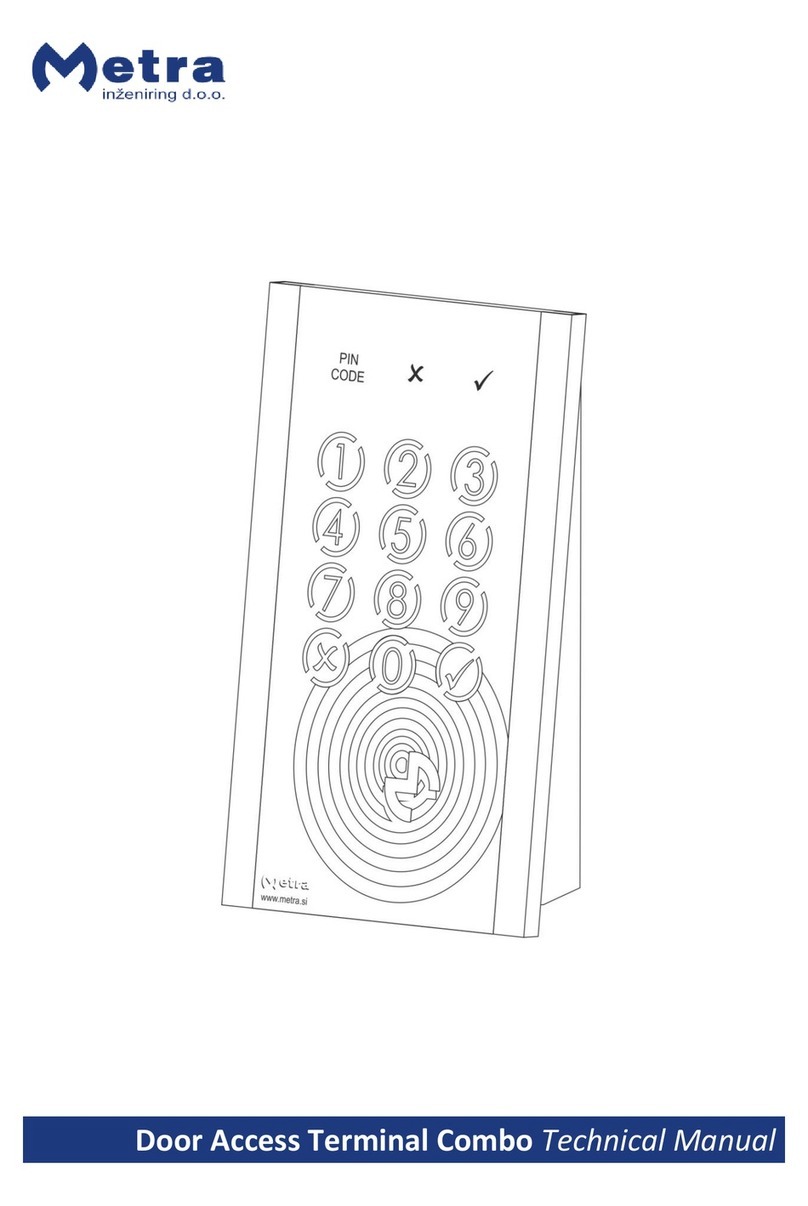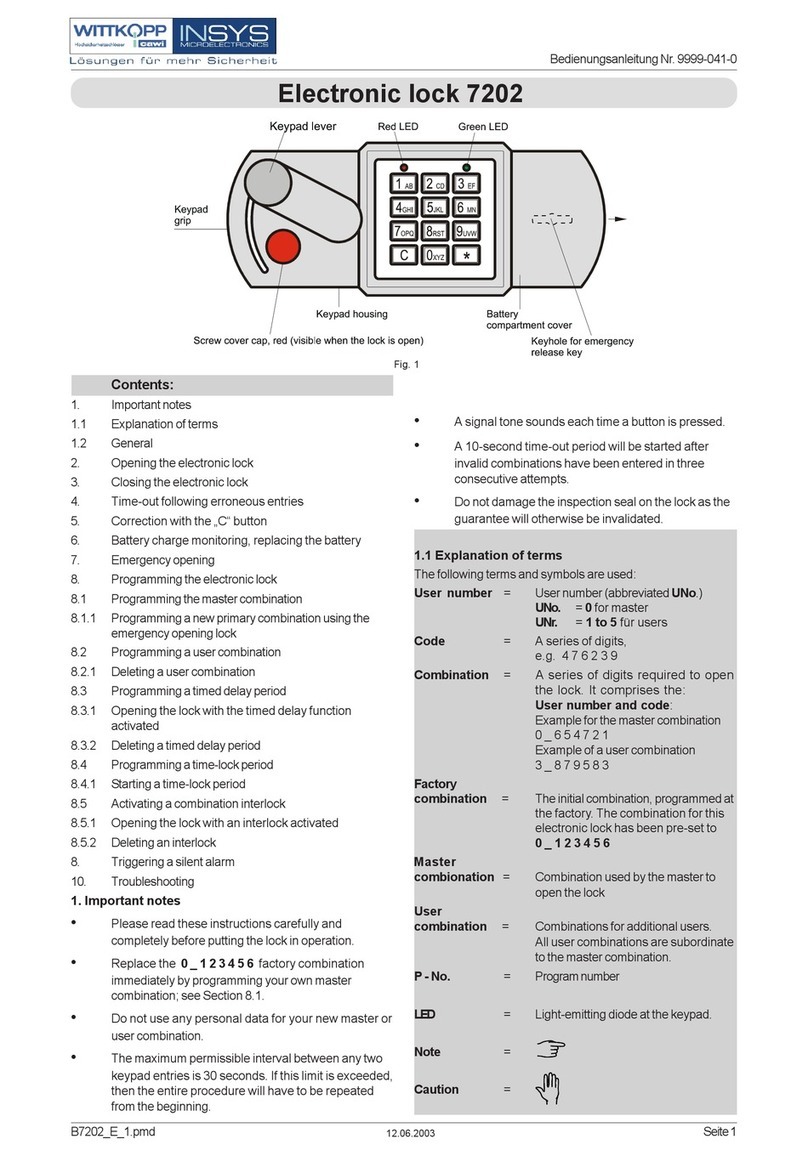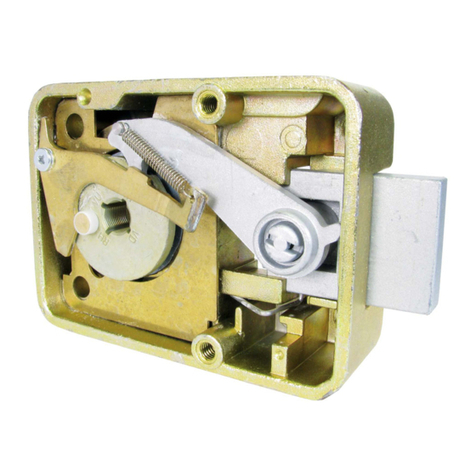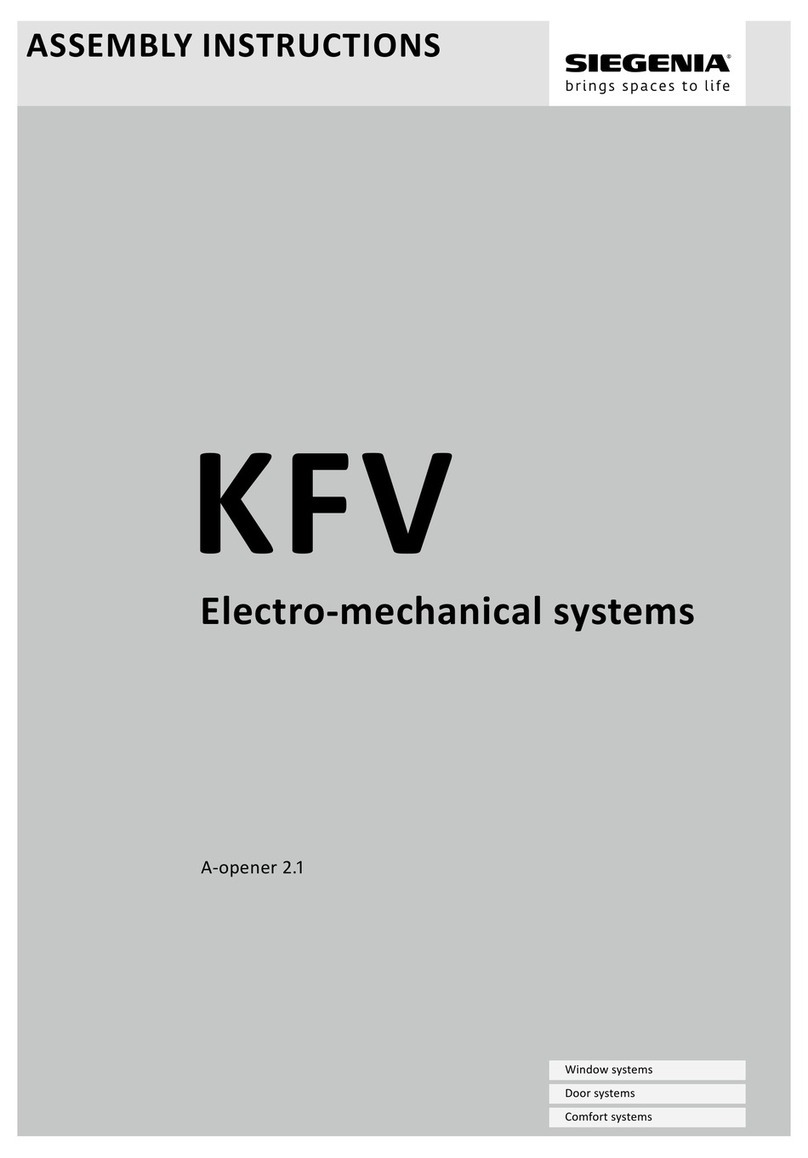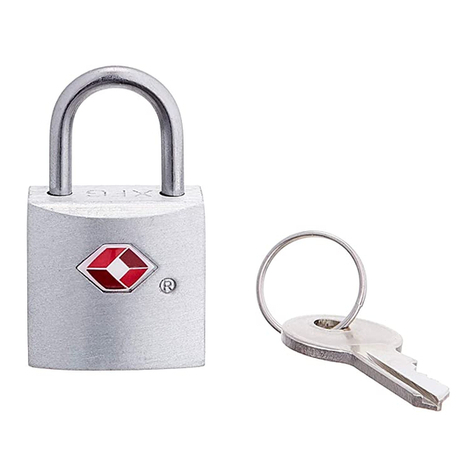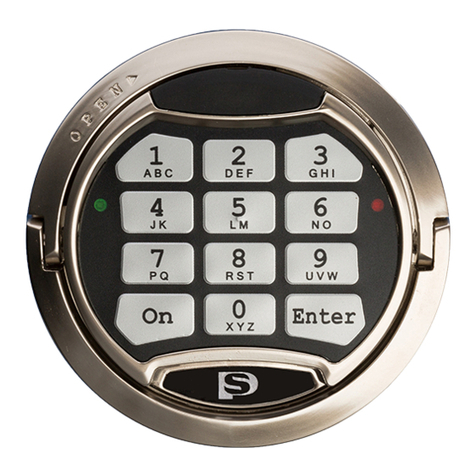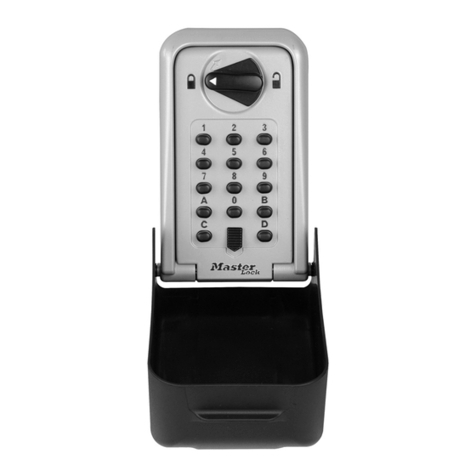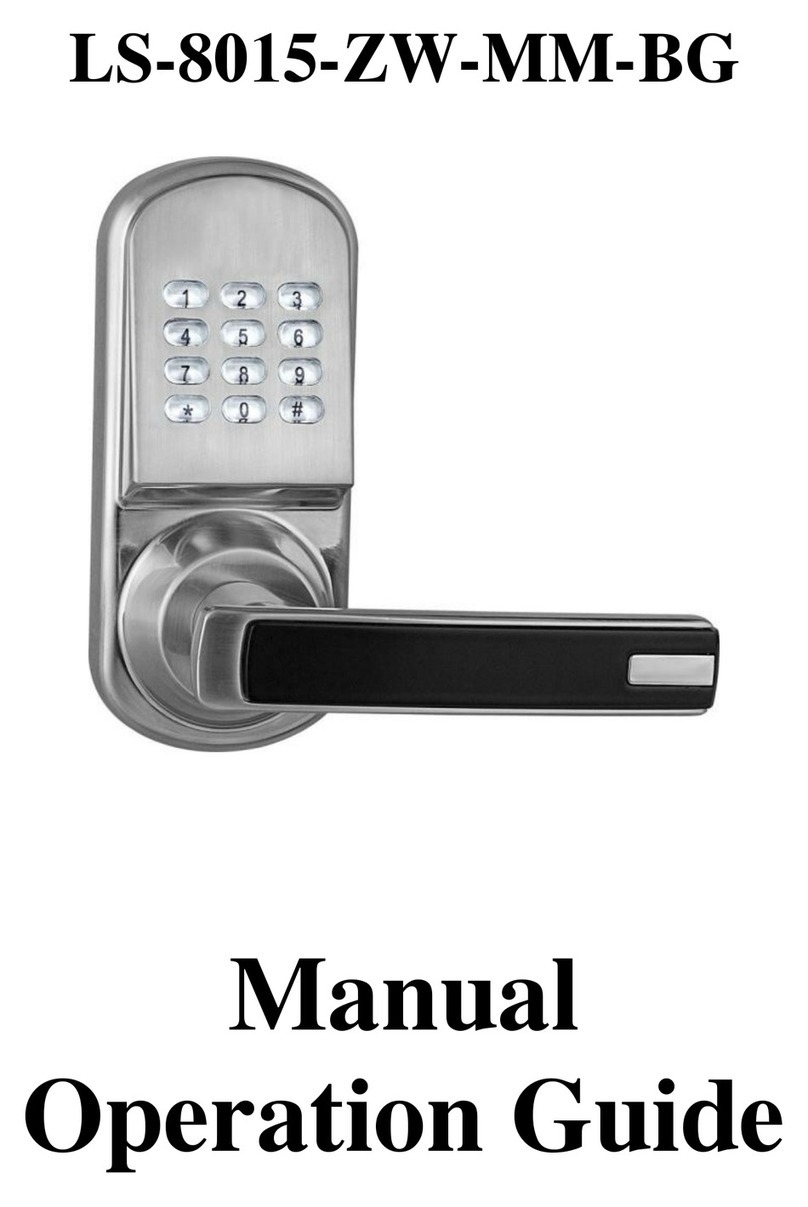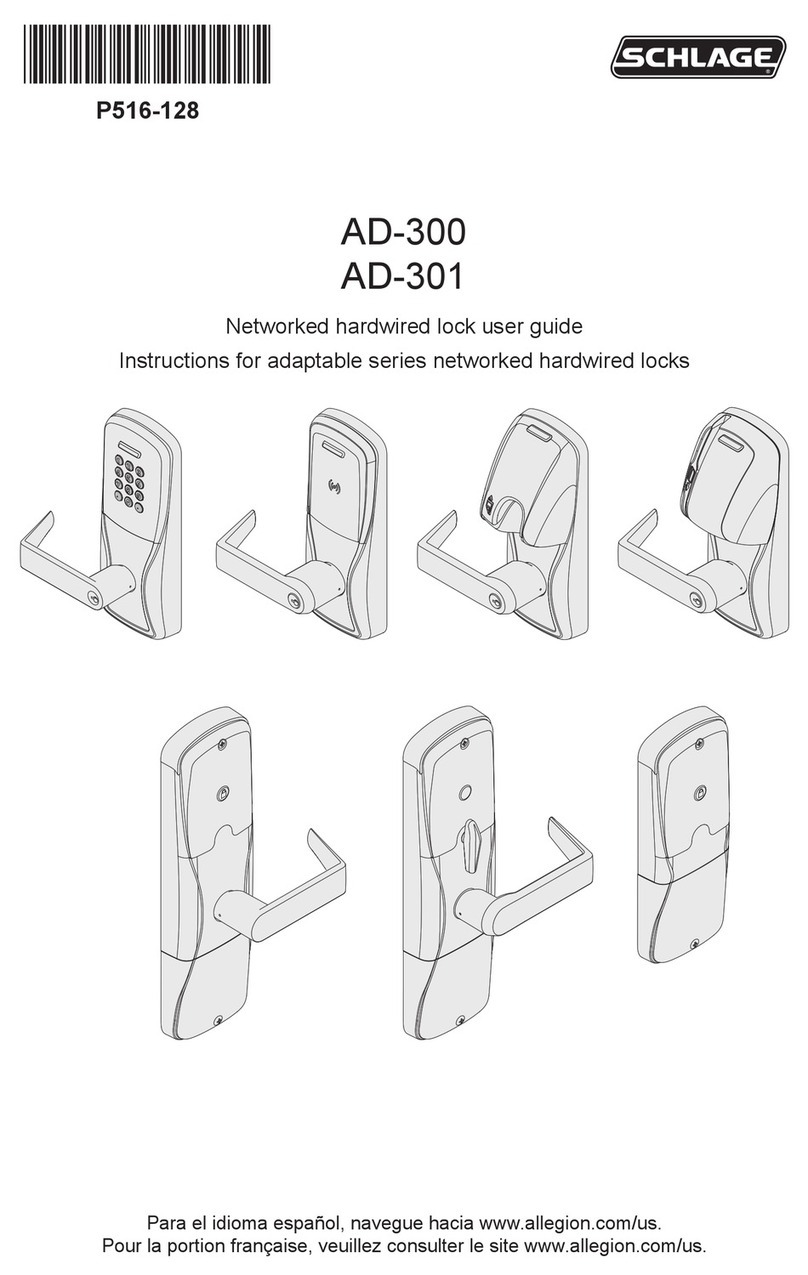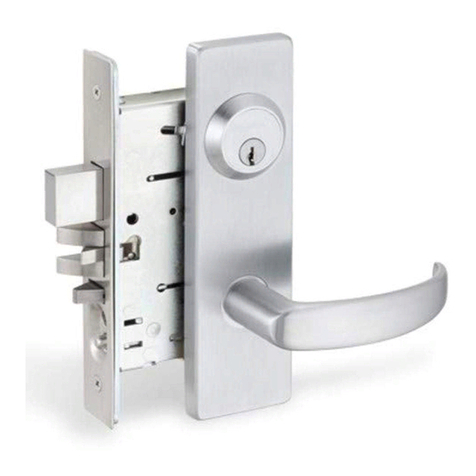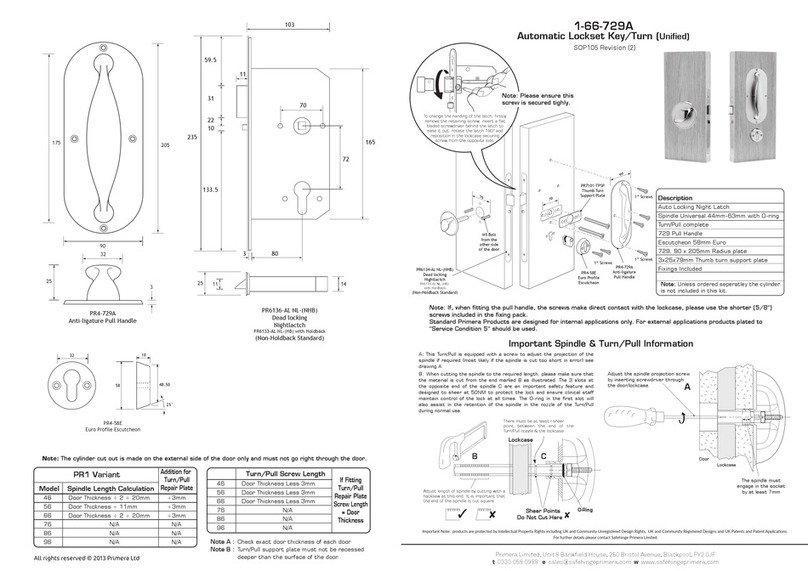Strack Z6 User manual

Z6 PUSH LOCKS
OPERATING INSTRUCTION

Entformungselemente -- indirekt IDemoulding elements -- indirect
Eléments de démoulage -- indirects
6
1 STRACK NORMA GmbH & Co. KG · Königsberger Str. 11 · D-58511 Lüdenscheid · Tel +49 2351 8701-0 · www.strack.de
D 3002A 07.2018
Operating instruction english -- Push locks Z6
A component having the following features:
1. Safe function
The Z6 push lock is an addition to the Z4 latch locks.
It is used to ensure that the mould tool’s main parting plane is opened first. Only after opening the main parting plane, for example using a Z4 latch lock (with delay), can
the second parting plane be opened.
2. Simple mounting
Easy mounting and adjusting. No milling work required on injection mould
3. Wide range of applications
With the Z6 push lock, the already wide range of applications offered by the combination of different latch lock variants of the Z4 design has been extended yet again.

Entformungselemente -- indirekt IDemoulding elements -- indirect
Eléments de démoulage -- indirects
6
2
STRACK NORMA GmbH & Co. KG · Königsberger Str. 11 · D-58511 Lüdenscheid · Tel +49 2351 8701-0 · www.strack.de
D 3002A 07.2018
Operating instruction english -- Push locks Z6
Principle of Operation:
Figure 1
The control bar (31 ) is bolted to the mould plate (H2). The latch housing (11) is
bolted to mould plate (H1V) plate and control plate (21) is bolted to the clamp plate
(H5). The control plate (21) is positively locked to the latch housing (11) by the
catches (6).
S3
S2
325
350
375
3-L1
H1V
2
1
6
(Z4)
S1
S2
H6 H3
H4
H2
H1V
H1 H5
6
21
H7
H8
31 11
S
11
1
6
(Z4)
21
6
(Z6)
325
350
375
3-L1 S1
1
2
3
4
Figure 2
When the main parting plane of the injection mould is opened, the closure or ejector
side initially moves back in the direction of the arrow by the specified opening travel
(S1). Until this opening movement (S1) has ended, the mould cannot open in the se-
cond parting plane, since it is locked by the positive connection between control plate
(21), latch housing (11) and catches (6). As soon as the opening movement (S1)
has been covered, the latches (6) of the push lock (Z6) are released and thus the
locking of the second mould parting plane is eliminated. The catches (6) are guided
out of the cutouts in the control plate (21) as soon as the limit stops of the latch bar
(325, 350, 375 or 3-L1) bear against the catches (6) of the actual lock (Z4).
Figure 3
Now the latch (Z4) draws the mould plate (H1V) forward by the opening stroke (S2)
in the direction of the arrow „S2“. When this opening movement has been completed
the actuated mould plate (H1V) is locked.
Figure 4
The main parting plane (S3) can now be fully opened.
The closing process is effected in reverse order.
NOTE:
In combination with the Z4 latch locks, the locking travel distance „S“ (see fig. 1),
which must be completed before the second parting plane is opened, is shorter by
half the width of the latches (6) than the delay travel of the latch bar (325, 350,
375 or 3-L1).

Entformungselemente -- indirekt IDemoulding elements -- indirect
Eléments de démoulage -- indirects
6
3STRACK NORMA GmbH & Co. KG · Königsberger Str. 11 · D-58511 Lüdenscheid · Tel +49 2351 8701-0 · www.strack.de
D 3002A 07.2018
Operating instruction english -- Push locks Z6
1
2
3
4
1. Selection
Push Locks are used to prevent a second parting plane (S2) opening (T2)
prematurely, e.g. in the case of 3-plate moulds in conjunction with slides
and /or core pullers.
When combined with the Z4 range of latch locks they can:
a) Open the mould
The main parting plane is to be opened first, the stripper plate having to
remain in the starting position (e.g. when using slides and/or core pullers)
until the main parting plane has opened completely through the distance „S1“
(cf. figure 1).
b) Close the mould
The closure sequence takes place as for the stripper movement in reverse
order, i.e. the stripper plate (H1V) is moved backwards by the pulled stroke
before the main parting plane is closed.
Fitting and mounting instructions
1. General
All push locks must be mounted square, parallel and symmetrical to the
mould guide. Secure all screws with spring washers or STRACK NORM
adhesive Z9092 (fig. 2).
All areas of the control plate and control bar that are exposed to wear are
case hardened to 58 HRC. The surface hardness is about 33 HRC on the bol-
ting surfaces of the Z6 latch lock, so that the mounting holes can be drilled.
2. Preparatory work
Match the length of the control plate (21), control bar (31) and spacer (102) in
accordance with the mould design and shorten if necessary. If the abovementioned
components are to be shortened, the hardened layer on the side faces must first be
ground down (see figure 3).
Drill mounting holes in control plate (21), steady (4), control bar (31) and spacer
(102).
Drill mounting holes for control plate (21), steady (4), control bar (31) and spacer
(102) in the mould plate. The parallel dowel holes for the latch housing (11) must
be made in the mould plate at the same time (see figures 4 and 5).
S1
S2
A
II
A
31
21
102
4
11
621
33
102

Entformungselemente -- indirekt IDemoulding elements -- indirect
Eléments de démoulage -- indirects
6
4
STRACK NORMA GmbH & Co. KG · Königsberger Str. 11 · D-58511 Lüdenscheid · Tel +49 2351 8701-0 · www.strack.de
D 3002A 07.2018
Operating instruction english -- Push locks Z6
5
6
7
8
Notes on mounting and assembly (continued)
3. Mounting and adjustment work with mould assembled
Proceed as follows:
Dowel and screw down latch housing (11). Check the position of the catches (6).
Insert the edges, which are chucked at the sides, downwards into the latch housing
(see figs. 4 and 5).
Insert the control bar (31) and screw on loosely. Adjust blocking travel (S) taking
into account the specified dimension (S1), where S = S1 minus half catch width.
Tighten control bar (31) so that it is fixed parallel to the mould guide and secure
with pins (cf. figures 6 and 1).
Attach control plate (21) together with steady (4) and screw on loosely. Set the
control plate to „no play“ by placing against the catches (6). Tighten the screws to
be fixed in place and secure with pins (see figure 7).
Check correct functioning manually.
4. Mould safety device
The catches (6) of the push lock (Z6) and of the latch lock (Z4), when
closing the injection mould, must be protected against unacceptably high
locking forces in the strokes (S1 and S2) by the mould safety device of the
injection moulding machine (see Figure 8A).
If there are mould slides with angle pins within the stroke range (S2), the
mould safety device must respond even before the angle pins enter the
mould slides.
If the two mould halves are to be mounted separately, it is important to
ensure that the drawn mould plate (H1V) is in the limit position of the fully
drawn stroke (S1) and that the lock is active before the injection mould
closes.
A = Right; B = Wrong
5. Maintenance
All the functional components of the push lock must be lubricated regularly
(e.g. STRACK NORM Z9080).
The fastening screws should be checked and tightened regularly.
S2
H1V
H1V
A
B
S1
11
6
661
61
Auf die Einbaulage
achten!
Please observe the
mounting position!
Tenir en compte de
la position de montage!
31
S1
S1
S
6
S1S2
4
21
11
6
661
61
Auf die Einbaulage
achten!
Please observe the
mounting position!
Tenir en compte de
la position de montage!
Table of contents
